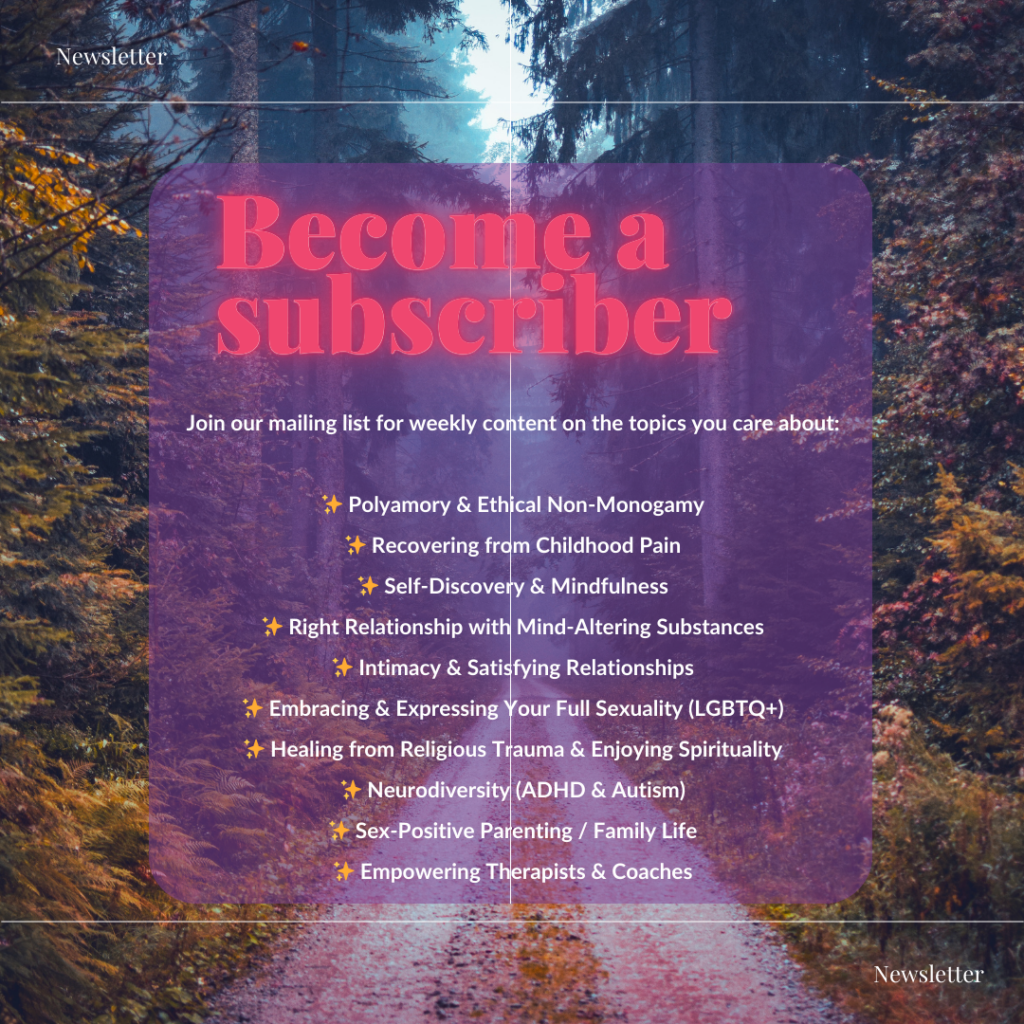
In the realm of relationships, mastering emotional regulation and self-support isn’t just beneficial—it’s essential for nurturing healthy, satisfying connections with both others and yourself. As someone deeply committed to understanding and managing your emotional landscape, you’ve likely recognized the transformative impact of emotional autonomy. Through personal exploration and expert insights, you’ve discovered ways to handle emotional responses, identify bodily sensations linked to feelings, and achieve autonomy in regulating emotions.
Diving Deeper into Understanding Your Emotional Reactions
When intense emotions surface in relationships, you might find yourself oscillating between suppressing them or letting them overrun you. Yet, there’s a balanced approach—a journey of awareness, acceptance, and adept navigation. By getting to grips with your emotional reactions, you can foster healthier relationships and build inner resilience. Let’s delve into some strategies:
1. Body Scan for Emotional Clues:
Emotions are more than just mental states; they’re physical experiences. Confronted with a charged situation, pay attention to your body. Is your heart racing? Shoulders tensing? Jaw clenching? Notice any tingling, numbness, or warmth in particular areas. These sensations are invaluable hints about your emotional state, offering insights into your feelings. For instance, chest tightness might signal anxiety, while stomach butterflies could indicate excitement. Recognizing these signs enables you to identify your emotions before they escalate.
2. Pause Before Reacting:
In emotionally charged moments, the impulse to react immediately can be strong, potentially leading to regrettable actions or words. Grant yourself the grace to pause. This might seem straightforward, but its power is profound. Take a deep breath, count to ten, or momentarily excuse yourself. This pause allows for mindful reflection, helping you to dial down your emotions and opt for a more deliberate response. Pausing doesn’t mean evading the situation but rather addressing it with enhanced clarity and self-command.
3. Identify and Validate Your Feelings:
After taking a moment, identify what you’re feeling. Hurt, anger, frustration, fear? Naming your emotions acknowledges their presence and aids in processing them more effectively. Remember, all emotions are valid, including the “negative” ones. Suppressing them only amplifies their intensity later on. Instead, accept them without judgment and practice self-compassion, reassuring yourself that it’s alright to feel this way at the moment.
4. Uncover the “Why”:
Once you’ve acknowledged your emotions, gently explore their underlying causes. Ask yourself, “What sparked this reaction? What need is this emotion signaling?” Identifying the root causes can help you address the situation more constructively. If anger arises during a disagreement, for instance, consider whether feelings of being unheard or disrespected are at play. Understanding the “why” enables you to assertively communicate your needs and work towards a resolution.
Navigating emotional reactions is an ongoing process that requires patience, experimentation, and celebration of your progress. As you enhance your self-awareness and emotional intelligence, you’ll forge stronger, healthier relationships and achieve greater inner peace.

Mastering Self-Soothing: Your Inner Calm Toolkit
Self-soothing is the art of calming and regulating your emotions independently. It’s your personal superpower, offering stability and empowerment amidst life’s turbulence. By becoming your own emotional anchor, you tackle challenges with increased resilience and cultivate inner peace. Explore these effective self-soothing techniques:
Deep Breathing:
Your Internal Reset Button: Visualize your breath as a calming wave enveloping you. Concentrate on slow, deliberate inhales and extended, controlled exhales. Count to four as you breathe in, hold for four, then exhale for eight. With each exhale, feel your body unwinding, releasing tension with every breath. This simple technique activates your parasympathetic nervous system, promoting relaxation and easing your fight-or-flight response.
Mindful Movement:
Release and Reconnect: Sometimes, emotions crave a physical outlet. Engage in gentle activities like yoga, walking, or stretching. As you move, remain present with your body’s sensations, grounding yourself and clearing your mind.
Sensory Oasis:
Find Comfort in Your Senses: Create a sensory sanctuary to calm your nervous system. Wrap up in a soft blanket, listen to music that touches your soul, or light a candle with a soothing scent. Savor herbal tea or a piece of dark chocolate, immersing yourself in these sensory experiences to alleviate stress and foster tranquility.
Nature’s Embrace: Reconnect Outdoors:
Venture outside to bond with nature. Inhale fresh air, feel the sun’s warmth, and listen to nature’s sounds. Surrounding yourself with natural beauty, whether in a park, garden, or your backyard, can significantly reduce stress hormones and enhance well-being.
Creative Expression:
Channel Your Emotions: Express yourself creatively—write, paint, dance, sing, or play music. Let your emotions drive your creativity, helping you to process feelings healthily and deepen your self-understanding.
View self-soothing techniques as emotional safety valves rather than cure-alls. They’re designed to lessen intensity, bringing you back to a more grounded state, not to erase challenges. By employing these techniques, you can ease tension and create a calmer, more manageable now.
Join Soaring Heart’s email list to receive ongoing support, resources, and insights on emotional regulation, self-care, and healthy relationships.
Cultivating Your Emotional Oasis: Fostering Emotional Independence
In relationships, a subtle but significant shift often occurs—we start relying on others for our emotional wellbeing. Embracing emotional independence means acknowledging that true inner peace begins within, not from external sources. It’s about building your emotional haven, where your happiness isn’t contingent on others. Here are three ways to nurture this inner strength:
1. Foster a Secure Self-Attachment:
Think of this as establishing deep “roots” within. Cultivate practices that strengthen your confidence and self-esteem, such as journaling, seeking therapy, or engaging in hobbies that resonate with you. This journey towards a secure self-attachment is ongoing; celebrate your strides and remember your inherent worth.
2. Ride the Emotional Waves:
View emotions as fluctuating waves. The aim is to surf them, not resist. Acknowledge and let emotions pass without clinging to their intensity. Develop healthy coping strategies for intense feelings, such as exercising, practicing mindfulness, or indulging in creative pursuits.
3. Make Self-Care a Priority:
Like a garden needs care, so does your emotional well-being. Establish non-negotiable self-care routines, set healthy boundaries, ensure adequate rest and nutrition, and practice gratitude to maintain emotional equilibrium.
Embracing emotional independence transforms your approach to relationships, equipping you to handle challenges gracefully and fostering self-love and contentment. Begin crafting your emotional refuge today, and witness your emotional health flourish.
Reach out to one of Soaring Heart’s therapists or counselors for an appointment to explore personalized strategies for developing emotional independence and self-soothing practices.
Navigating Complex Emotions: Emphasizing Consent and Communication
In the intricate emotional landscapes of non-monogamy or complex relationship dynamics, clear communication and consent are paramount. They form the foundation for healthy emotional expression and regulation.

Clearly Communicate Needs and Boundaries:
It’s vital to articulate your emotional needs and boundaries clearly, including your communication preferences, comfort zones, and support expectations. Open discussions with your partners establish a safe environment for everyone to authentically navigate their emotions.
Practice Emotional Consent:
Consent extends to emotional interactions. Ensure all emotional exchanges occur with explicit consent, respecting verbal and non-verbal cues, and communicating boundaries around emotional expressions. Consent is an ongoing dialogue, adapting as relationships and circumstances evolve.
By prioritizing clear communication and consent, you foster a space where authentic emotional expression is respected, deepening connections and laying the groundwork for thriving relationships.
Conclusion
Emotional regulation and self-support are pivotal for sustaining healthy relationships and achieving personal equilibrium. By attuning to bodily signals, applying self-soothing techniques, and nurturing emotional independence, you adeptly traverse your emotional landscape. Remember, the path to emotional regulation is uniquely yours, marked by distinctive challenges and triumphs. By embracing this journey, you open the door to deeper connections with others and a more genuine relationship with yourself.

Kathy Slaughter, MSW, combines deep expertise in individual and relationship therapy with a passion for personal growth. Educated at the University of Michigan with a focus on human sexuality, gender transitions, and trauma, Kathy excels in guiding people towards richer, more fulfilling relationships. With 15 years in therapy and social work, they’re an advocate for self-awareness and personal liberation. When not leading at Soaring Heart or engaging in community events like Burning Man, Kathy offers clinical supervision and enjoys speaking engagements. Their commitment to connection and empowerment shines through in every endeavor.

